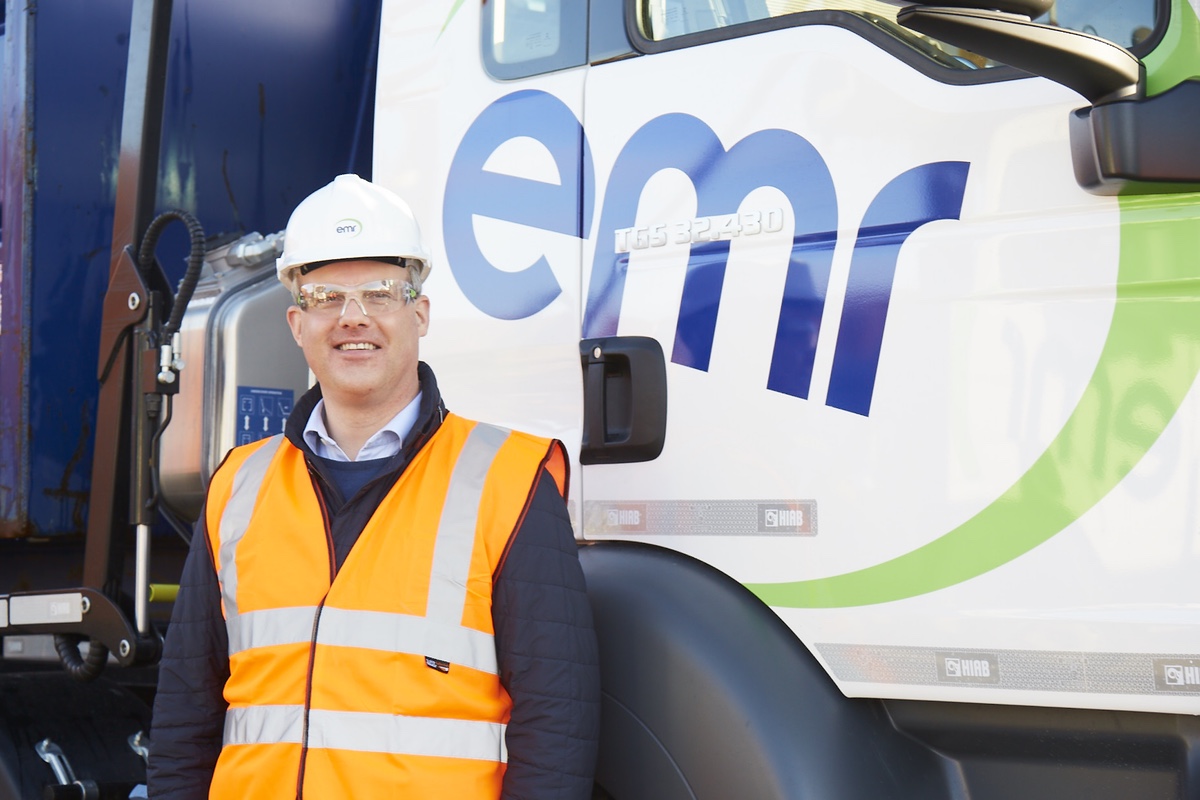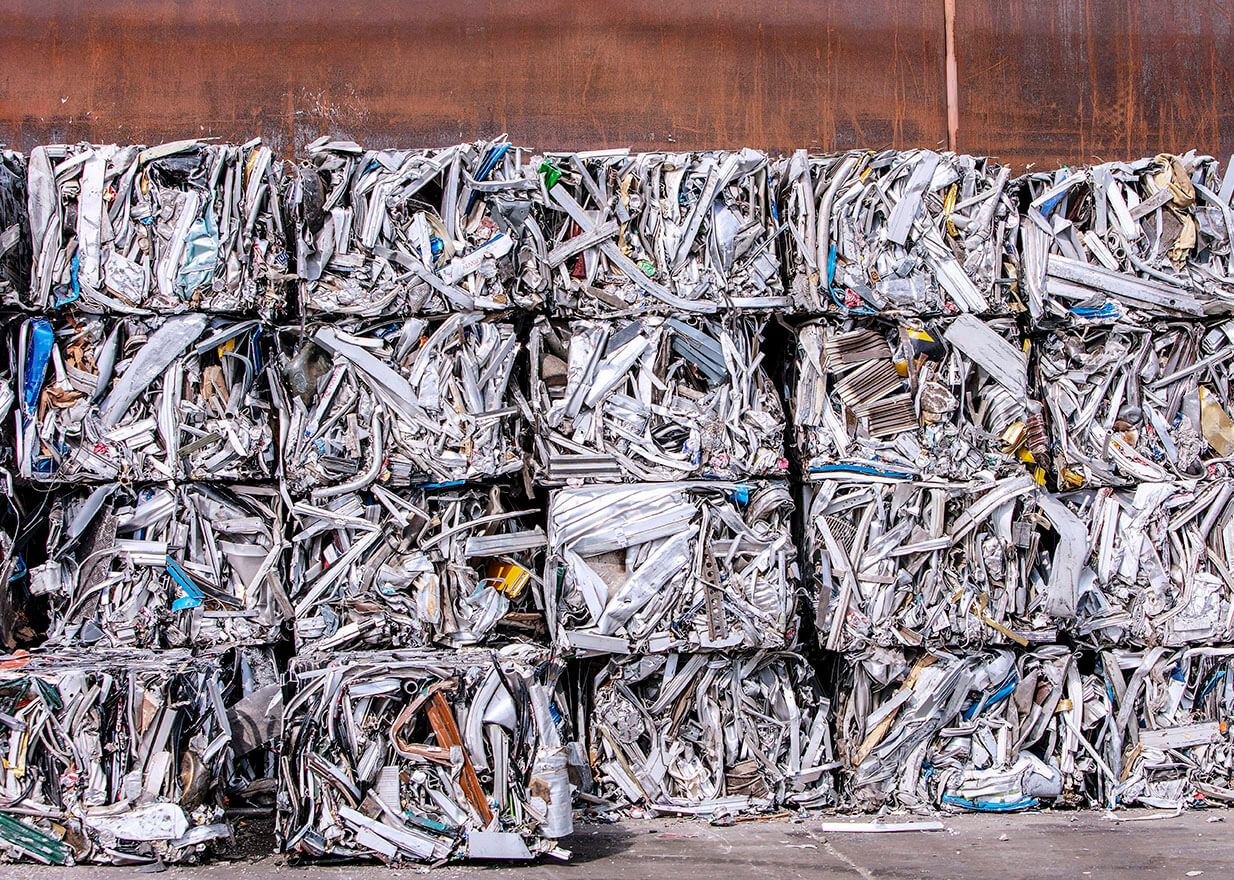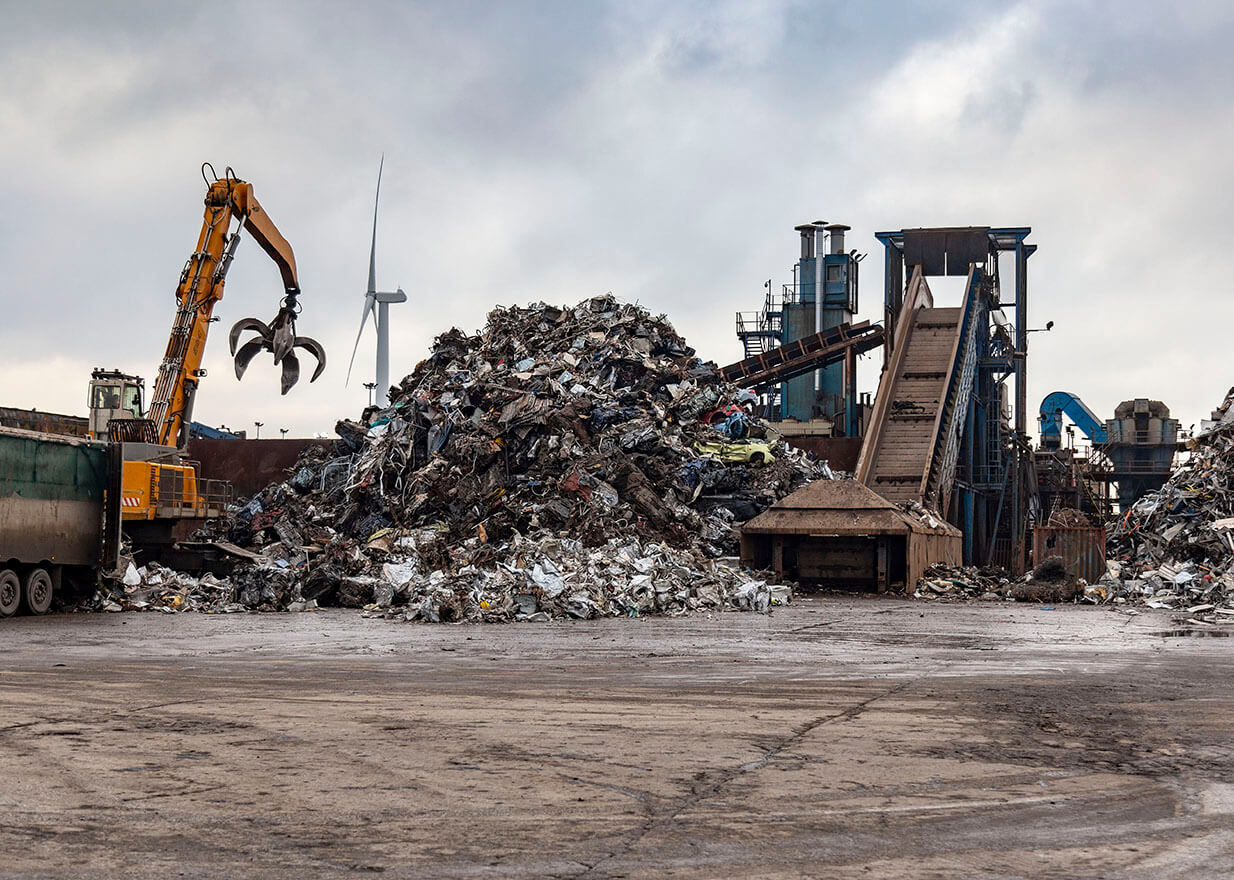
Seventy-five per cent of all aluminium produced is still in use.1 Much of this material will already have been used several times over in different products. The resilient properties of metals mean that they can be re-used, recycled and recovered many times over. Recycling metals from the end-of-life waste streams is more resource-efficient and creates a much lower carbon impact than extracting them from primary ores.
Each year EMR recycles around 10 million tonnes of end-of-life products, producing over 200 grades of new raw materials. As a world leading recycler it is our aim to be leaders in recovered materials for the future low carbon economy, explains Ian Sheppard, Managing Director at EMR.
Over the past decade we have invested over £350 million in new separation technologies and state-of-the-art machinery which enables us to strive forward in the journey towards a circular economy.
So, what are these technologies that we use?
At EMR we care about the environment and the protection of our natural resources for future generations. Our aim is to be carbon neutral by 2040. To achieve this, one of the areas we must focus on is transport. Our balers allow us to compact products into small cuboids so that we can maximise the volume of materials loaded on to our lorries. As a result we are able to minimise the number of vehicles we have on the road and reduce our carbon output.
Fact: Our balers can crush and bale a car in just 50 seconds. This allows us to get around 24 tonnes of baled cars on a wagon instead of 12 tonnes unbaled.

Over the past century the products we buy have evolved, meaning that they are made up of more different materials than they would have been traditionally. Take a fridge for example; in the 1920s it was made up of mostly metal components. Through the decades, fridges have evolved to incorporate plastics, glass and most recently, the electronics that make up the control panels in modern appliances.2
With the evolution of products comes the need to update and modernise the recycling process. To allow the different materials to be separated, we shred them down to manageable pieces no larger than fist size. Using our shredders and their associated downstream separation systems, we can shred cars, waste electrical and electronic equipment and a huge range of domestic and industrial products to extract ferrous and non-ferrous metals, plastics and other useful materials.
Fact: We operate one of the world’s largest shredders which boasts 10,000 horsepower.

To recycle a product we must separate all of the individual materials that it is made up of from each other. Only then can the material be sold to manufactures to be made into a new product. At EMR we use many different techniques in our separation processes:
Fact: With the help of our advanced separation techniques we are able to recycle 95% of end-of-life vehicles.

At EMR it is our aim to offer the best possible recovered materials with the minimum environmental impact. Using our recycled materials saves up to 90% of the energy consumed when producing the same material from primary ores that are mined out of the ground. As a consequence, less CO2 is produced, combating the effects of climate change.
Our advanced separation techniques ensure that we maximise the amount of materials we recycle, keeping metals, plastic and other materials in use and limiting the amount of primary raw materials needed to create new products.
Our recycling processes still generate some carbon impact, even though it is much less than primary extraction from ores. We have committed to reduce the carbon impact of our own processing operations to zero by 2040, so that in the future we can prove that our recovered metals and plastics have zero carbon impact.
Our Decade of Action outlines the steps we will be taking as we strive to be carbon net zero by 2040.
1 https://www.recyclemetals.org/about-metal-recycling/sustainability-the-environment.html
2 http://www.madehow.com/Volume-1/Refrigerator.html